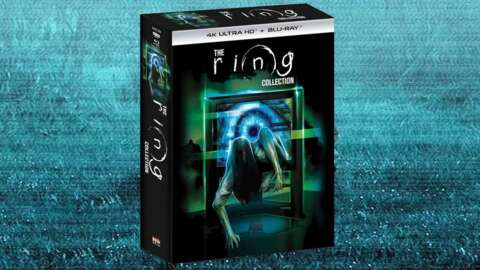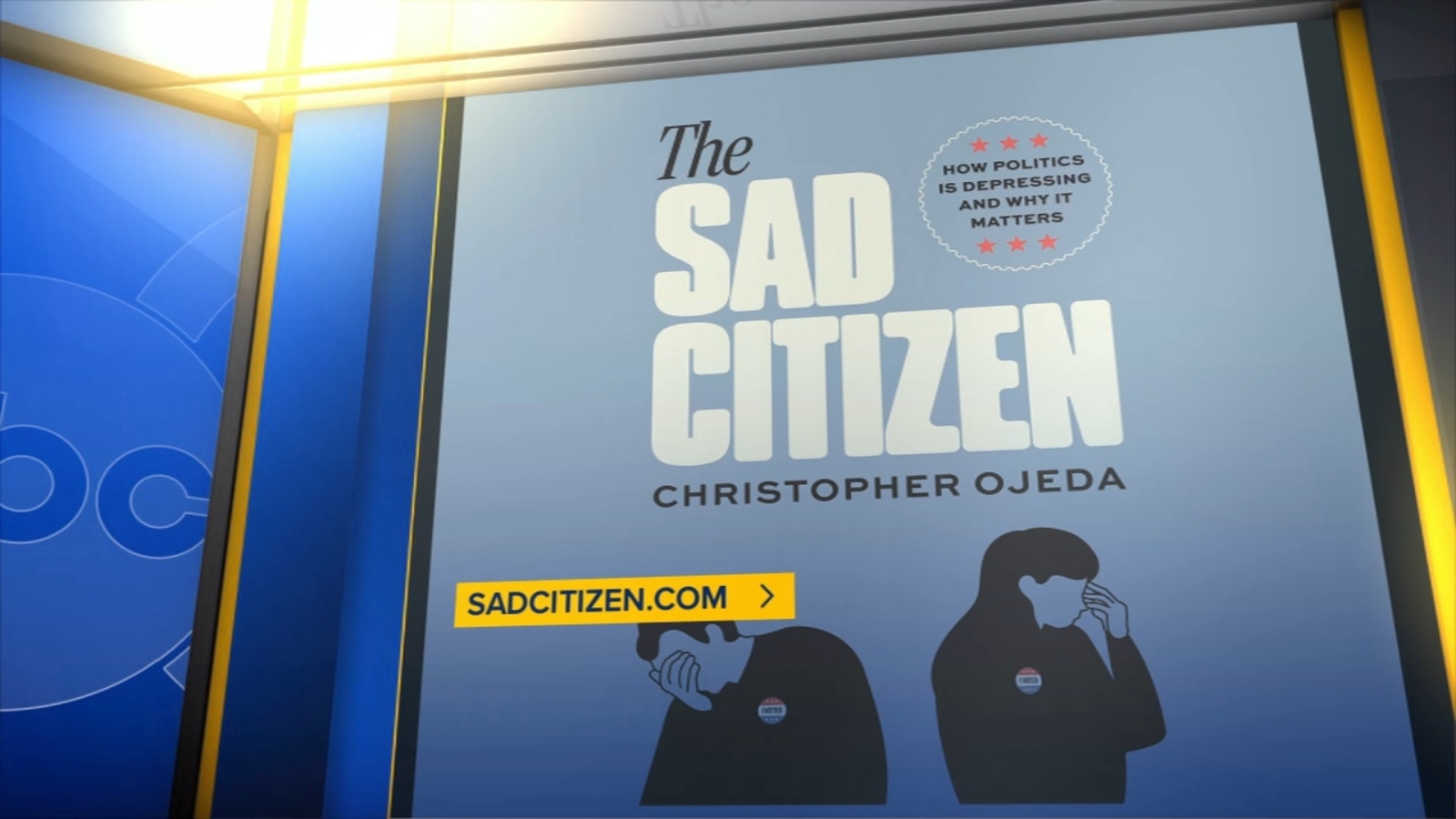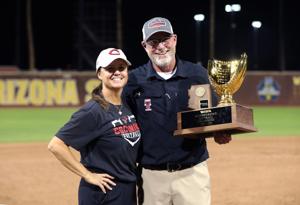Advocates Urge for Whole Text Reading in Education Reform

The debate surrounding literacy education has intensified, with educators advocating for the use of whole texts in high school curricula. This push comes in response to a growing concern that students are increasingly struggling with reading longer materials, a trend exacerbated by the adoption of the Common Core State Standards Initiative in 2010. This initiative, developed under the National Governors Association and endorsed by former Secretary of Education Arne Duncan, emphasizes skills tested through excerpts rather than complete works, which may hinder students’ reading development.
Educators involved in this discourse include college professors who have authored a book titled *Close Reading for the Twenty-First Century*. They emphasize the importance of teaching students to engage with entire texts rather than isolated excerpts. Their insights have resonated with high school teachers who feel restricted by the current educational framework, which often prioritizes standardized test preparation over comprehensive literary analysis.
The Common Core has led to a pedagogical shift where high school “close reading” focuses mainly on identifying specific elements—like themes and symbols—within short passages. This approach contrasts sharply with the college-level understanding of close reading, which encourages students to formulate arguments based on their interpretations of entire works. The authors argue that this disconnection creates a significant gap in students’ preparedness for the demands of higher education.
For instance, in high school, students may analyze a brief excerpt from Abraham Lincoln’s *Gettysburg Address*, focusing on the repeated use of the word “dedicate.” In this scenario, the analysis tends to remain superficial, often failing to connect the passage’s meaning to the broader context of the speech. Conversely, a college-level approach would explore how that same word operates within the entire text, fostering a deeper understanding of Lincoln’s rhetorical strategy and historical significance.
The authors contend that the reliance on standardized testing, which necessitates quick, right-or-wrong answers, diminishes the richness of literary engagement. They assert that teaching students to decode texts—rather than encouraging them to analyze and interpret—reduces literature to mere code-breaking. This method not only stifles critical thinking but also detracts from students’ enthusiasm for reading.
Notably, while public schools often limit reading assignments to excerpts, many private institutions continue to assign whole books, including challenging texts. This disparity raises concerns about educational equity and the overall literary competence of students. The authors advocate for a curriculum that includes complete novels, plays, and poems, arguing that understanding literature requires engagement with the entire work.
The challenges posed by technology, particularly the rise of artificial intelligence (AI), further complicate this landscape. A recent executive order from former President Trump emphasizes the need for AI education in K-12 schools, promoting the idea that early exposure to technology sparks creativity. Yet, initial studies suggest that frequent AI usage may negatively impact critical thinking abilities.
As educators grapple with these challenges, they see an opportunity to reclaim the importance of traditional reading practices. The ongoing discourse around the impact of smartphones and digital distractions on students’ reading habits highlights the urgent need to re-evaluate teaching methods.
The authors of *Close Reading for the Twenty-First Century* call for a renaissance in literary studies, urging educators to prioritize whole texts in their teaching. They argue that literature connects students to broader human experiences, providing insights into the lives and struggles of others. By fostering a culture of reading complete works, educators can inspire students to engage deeply with literature and develop their own voices in the process.
As the education sector continues to adapt in the face of technological advancements and shifting pedagogical standards, the authors maintain that the fundamental goal remains unchanged: to cultivate a love of reading and critical engagement with texts. They invite educators to embrace the challenge of teaching whole texts and encourage students to explore the rich landscapes of literature that await them.
In conclusion, the call for comprehensive literary engagement is not just about improving literacy rates; it is about fostering a generation of informed, empathetic readers capable of navigating the complexities of the world through literature.






